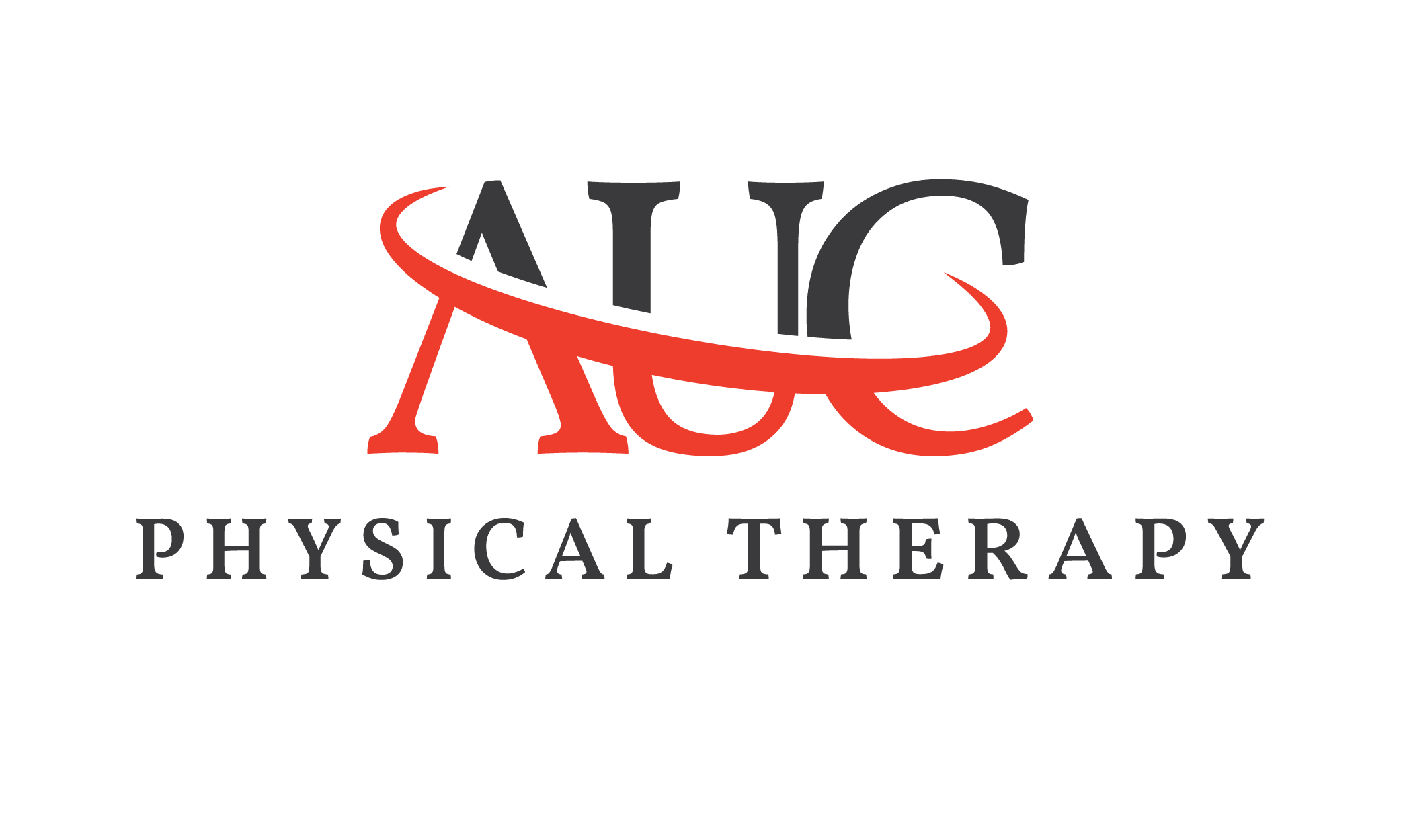Neck pain is a common affliction, affecting approximately 15% of adults in the United States each year. Your neck is an intricate structure, comprised of bones, nerves, muscles, ligaments, and tendons, and it plays a pivotal role in housing the spinal cord that transmits messages from your brain to control your body’s movements. While it’s an incredibly resilient and flexible part of your body, neck injuries can disrupt your daily life. To help you better understand this issue, we’ll explore the common causes of neck pain, various conditions related to it, and effective ways to prevent and rehabilitate neck injuries.
Common Causes: Identifying a singular cause for neck pain can be challenging, given the complexity of the neck. Recent studies have highlighted that increasing age is associated with a higher risk of neck injuries due to general wear and tear. Additionally, the way we position ourselves throughout the day and external stressors can contribute significantly to neck problems. Chronic neck pain often results from the gradual deterioration of cartilage, coupled with damage to muscles, ligaments, and tendons. Poor sleeping positions, prolonged seated postures, or repetitive motions at work can exacerbate these symptoms. On the other hand, acute neck pain typically occurs suddenly, often as a result of motor vehicle accidents, falls, or injuries that lead to fractures or herniated discs. Strains, sprains, and muscle injuries can also cause acute neck pain.
Common Conditions: Recent studies have shed light on various conditions that can lead to neck pain, including:
- Swollen Lymph Nodes: These glands commonly swell during colds or sore throats and can also enlarge following injuries, such as cuts or bites near the gland, or in cases of tumors or infections in the mouth, head, or neck.
- Rheumatoid Arthritis: Recent research indicates that when rheumatoid arthritis affects the neck joints, it can lead to complications such as neck pain, weakness, numbness, or tingling in the hands, feet, legs, or arms.
- Herniated Disc: Studies have shown that a cervical herniated disc, where the inner core of a disc leaks out and compresses an adjacent nerve root, can begin with neck trauma, but is more commonly seen in the 30-to-50-year-old age group.
- Spondylosis: Recent research findings suggest that spondylosis, characterized by age-related wear and tear of spinal discs in your neck, leads to osteoarthritis signs such as the development of bony projections along the edges of bones, known as bone spurs.
Injury Prevention: Recent studies have uncovered valuable insights into preventing neck injuries:
- Maintain Proper Posture: Recent research emphasizes the importance of keeping your chest up, shoulders back, and head in a neutral position to reduce stress on neck muscles during various activities.
- Strengthen Neck Muscles: Studies suggest that stronger neck muscles provide better stability, helping maintain proper head positioning and reducing the risk of injury.
- Active Range of Motion Exercises: Recent research recommends incorporating neck movements in all directions to preserve full range of motion. Regularly perform 1 set of 10 repetitions in each direction twice a day.
- Scapular Retractions: Research-backed advice includes pulling your shoulders backward, squeezing your shoulder blades together and downward for 10-30 seconds to improve posture.
Rehabilitation: If you find yourself experiencing persistent neck pain, recent studies indicate that rehabilitation can significantly improve functionality:
- Strengthen the Trunk: Focusing on building strength in the middle and upper back and shoulders can support proper head positioning and alleviate neck strain.
- Maintain Balance: Recent studies highlight the importance of dynamic flexibility exercises for chest muscles to prevent rounded shoulders and poor posture.
- Chin Tuck: Research shows that sitting tall and slightly tucking your chin toward your chest can prevent forward head posture, reducing neck pain and headaches.
- Ergonomic Support: Recent research findings underscore the significance of ensuring proper spinal alignment and neck support, especially when sitting for extended periods.
If you need medical assistance or pain relief, visit our Physical therapy clinics near Hempstead, Jamaica, and Greenpoint for expert care and recovery.



